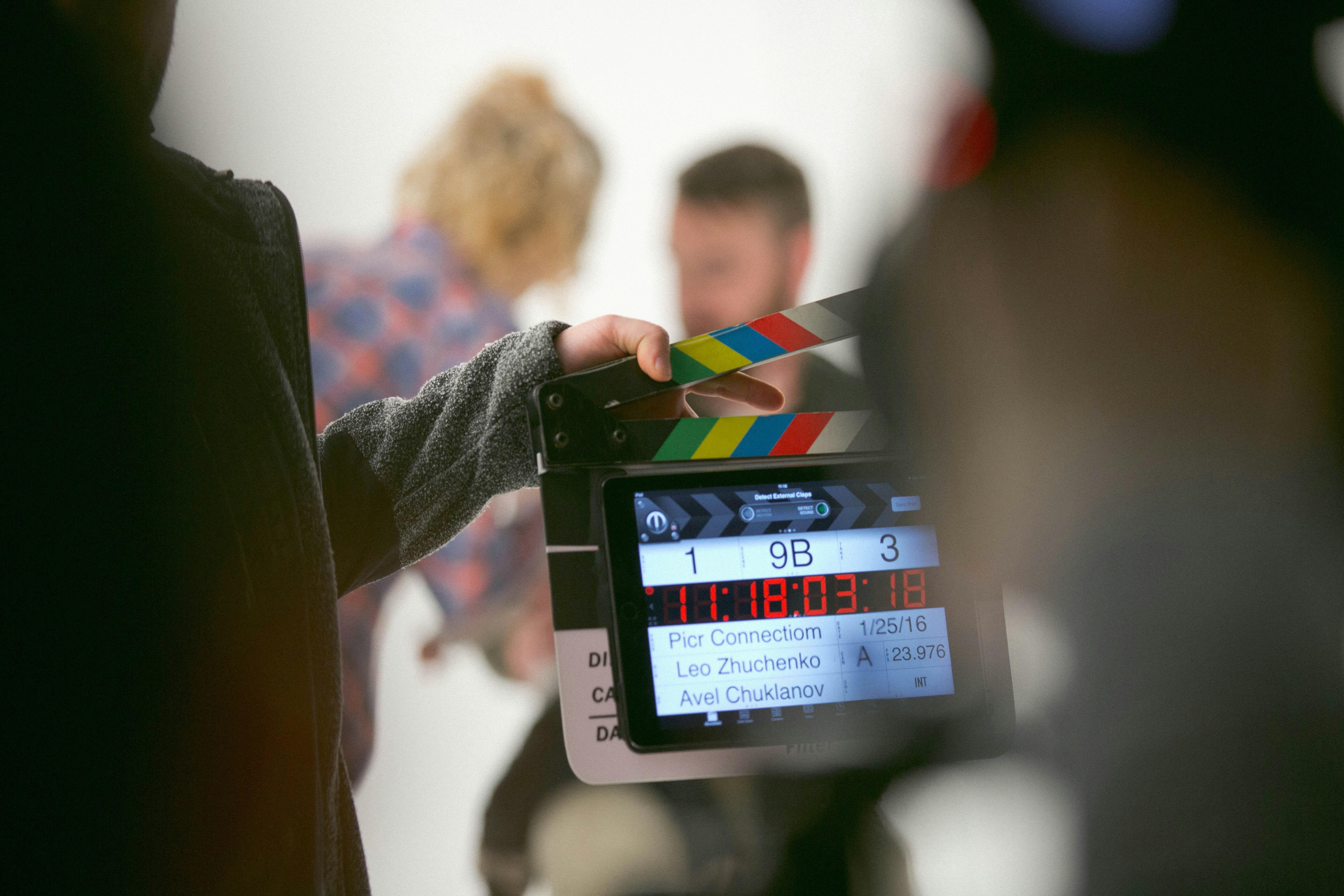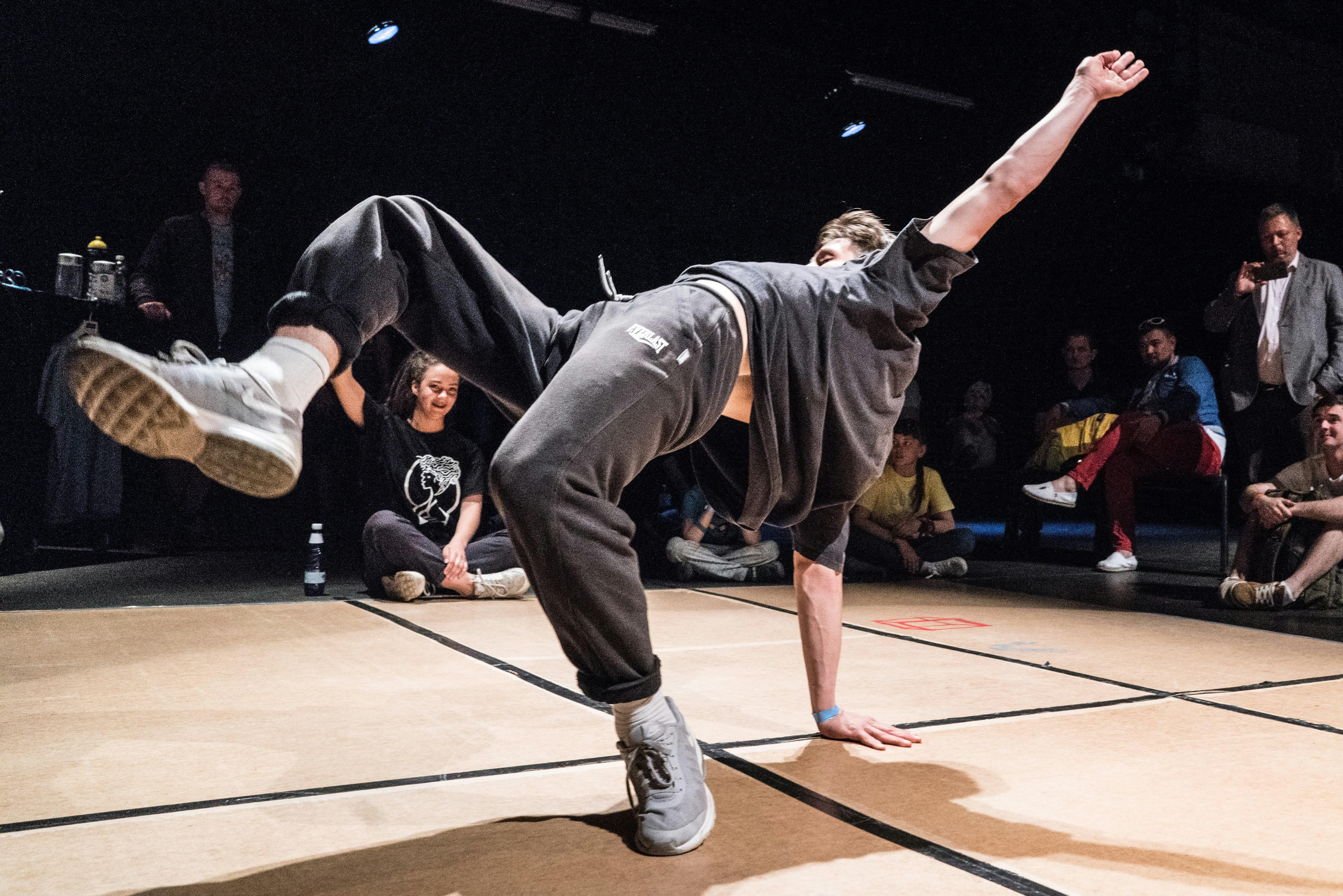Edgar Wright, a luminary in contemporary cinema, has carved a distinctive niche through his seamless blending of action and comedy, creating films that are as exhilarating as they are entertaining. His unique approach defies traditional genre boundaries, inviting audiences into a cinematic experience where humor and high-octane sequences coexist in harmonious balance. Wright’s films are characterized by their meticulous attention to detail, innovative narrative techniques, and a keen sense of timing, which collectively underpin the effectiveness of his genre fusion. By dissecting his filmography, this article seeks to unravel the techniques and stylistic choices Wright employs to marry action and comedy, offering insights into how he crafts films that resonate with both laughter and adrenaline. Through an analytical lens, we will explore the narrative structures, character dynamics, and visual storytelling methods that define Wright’s oeuvre, shedding light on his ability to engage audiences with stories that are as complex as they are captivating.
Mastering the Art of Timing and Pacing in Edgar Wrights Films
Edgar Wright’s films are a masterclass in the seamless blend of action and comedy, largely due to his exceptional skills in timing and pacing. His ability to orchestrate these elements is evident in how he constructs scenes that move with a rhythmic precision, keeping audiences engaged while delivering punchlines with impeccable timing. This skill is particularly noticeable in the rapid-fire editing style he employs, where quick cuts and synchronized sound effects amplify both the action and the comedic elements. For instance, in “Hot Fuzz” and “Scott Pilgrim vs. the World,” the timing of visual gags is often synchronized with musical beats, creating a harmonious dance between what the audience sees and hears.
- Montage Sequences: Wright frequently uses fast-paced montages to compress time and build comedic tension, often juxtaposing mundane activities with heightened action.
- Visual Comedy: His films are peppered with sight gags and visual puns that require precise timing to deliver effectively.
- Dynamic Sound Design: Sound is used not just as an accompaniment but as a driver of the narrative pace, with effects and music punctuating the action and comedy.
By meticulously crafting each scene to maintain a balance between speed and clarity, Wright ensures that neither action nor comedy overshadows the other. This careful choreography allows for an immersive viewing experience where each moment feels intentionally placed, contributing to a narrative that flows with kinetic energy. His films are not just watched; they are experienced, with timing and pacing acting as the invisible hand guiding the audience through a rollercoaster of emotions.
Integrating Visual Gags with Action Sequences for Enhanced Storytelling
Edgar Wright is a master at weaving visual gags seamlessly into his action sequences, creating a unique brand of storytelling that engages and entertains. By employing a variety of techniques, Wright ensures that humor and action coexist without overshadowing each other. He often uses rapid editing and creative camera angles to enhance comedic moments, allowing them to unfold naturally within the chaos of the scene. For instance, in “Hot Fuzz,” Wright juxtaposes fast-paced action with subtle, visual humor, such as a character’s exaggerated expressions or an unexpected prop, to create a delightful contrast that keeps the audience engaged.
- Rapid Cuts: Wright uses quick cuts to emphasize comedic beats within action scenes, ensuring that the humor lands effectively without disrupting the narrative flow.
- Unexpected Props: Props become integral to the humor, often appearing in unexpected contexts that amplify the comedic effect within the action.
- Exaggerated Expressions: Characters’ facial expressions are exaggerated during high-intensity moments, adding layers of humor without detracting from the tension of the scene.
By integrating these elements, Wright not only enhances the comedic value but also enriches the storytelling, making each action sequence memorable and distinctive. This meticulous blend of genres highlights his innovative approach to filmmaking, setting his work apart in the realm of action-comedy.

Crafting Dynamic Characters that Drive Humor and Plot
Edgar Wright’s films are renowned for their seamless blend of action and comedy, largely due to his skill in creating characters that are both dynamic and engaging. Character development in Wright’s films often goes beyond simple archetypes, using quirks and flaws to make them memorable. For instance, Simon Pegg’s portrayal of Nicholas Angel in Hot Fuzz showcases a character who is not only a by-the-book cop but also socially awkward, creating opportunities for humor amidst the chaos of an action-packed narrative.
Wright employs a few key techniques to ensure his characters drive both humor and plot forward. Some of these include:
- Exaggerated Traits: Characters often have heightened personality traits that are played for laughs but also contribute to their decision-making and the unfolding of events.
- Dynamic Relationships: The interplay between characters, such as the bromance between Pegg and Nick Frost, adds layers of humor while also advancing the storyline.
- Unexpected Reactions: Characters often react to situations in surprising ways, subverting audience expectations and keeping the plot unpredictable.
By focusing on these elements, Wright ensures that his characters are not just participants in the action but are pivotal to both the comedic and narrative arcs of his films.

Utilizing Sound Design to Amplify Comedic and Action Elements
Edgar Wright is renowned for his masterful use of sound design to elevate both comedic and action elements in his films. By intertwining auditory cues with visual storytelling, Wright creates a dynamic synergy that enhances the viewing experience. His films often utilize sound as a tool to punctuate comedic timing and accentuate action sequences, ensuring that every gunshot, punch, and witty line resonates with the audience. Through the clever use of diegetic and non-diegetic sounds, he establishes a rhythmic pace that complements his fast-paced editing style.
Key techniques Wright employs include:
- Rhythmic Synchronization: Aligning sound effects and musical beats with on-screen actions to amplify intensity and humor.
- Auditory Contrast: Juxtaposing loud, exaggerated sounds with moments of silence or subdued audio to heighten comedic or dramatic impact.
- Motif Reinforcement: Repeating specific sounds or musical themes to reinforce character motifs or running gags.
By weaving these elements into his narrative, Wright ensures that sound is not merely a background component but an integral part of the storytelling fabric.
